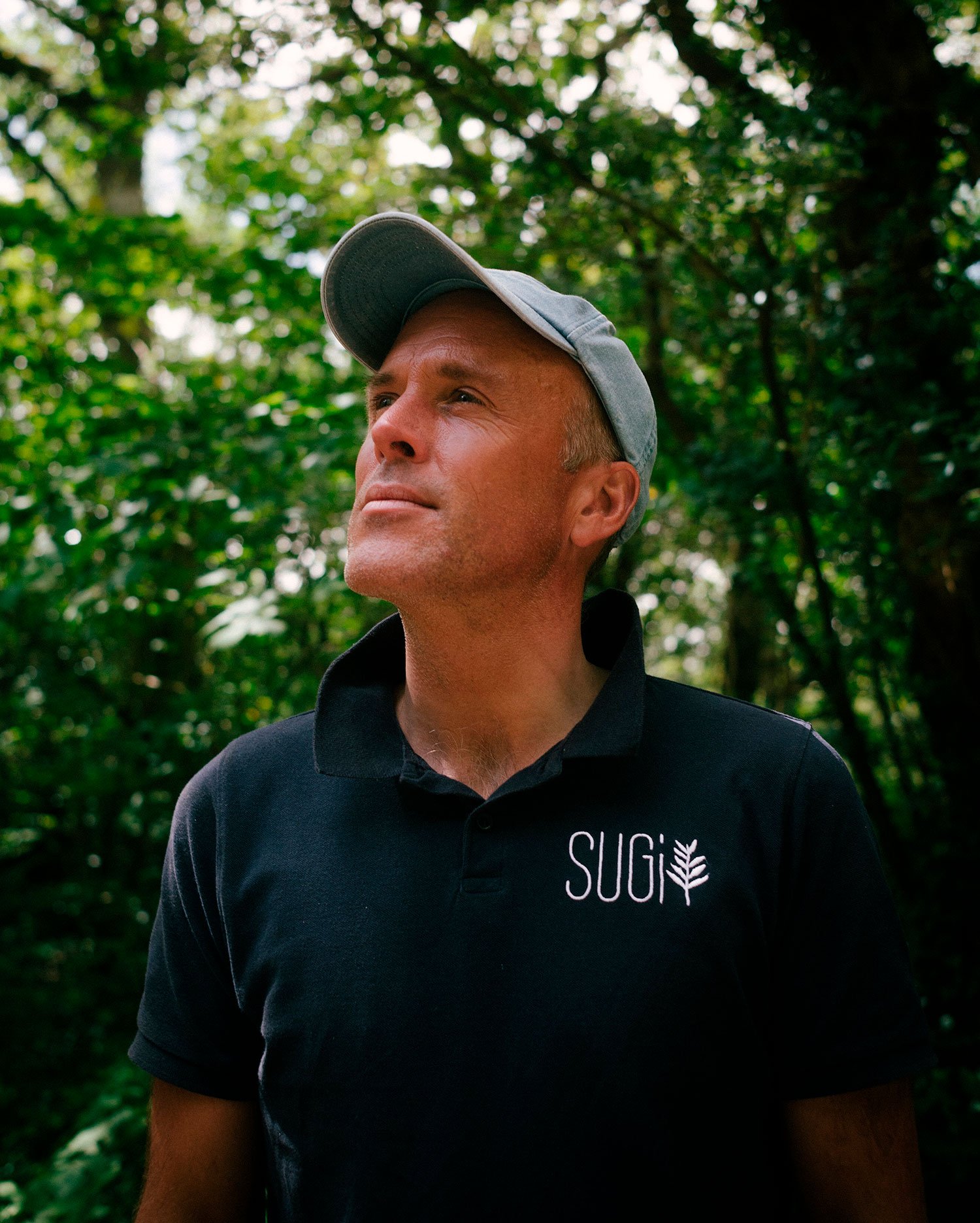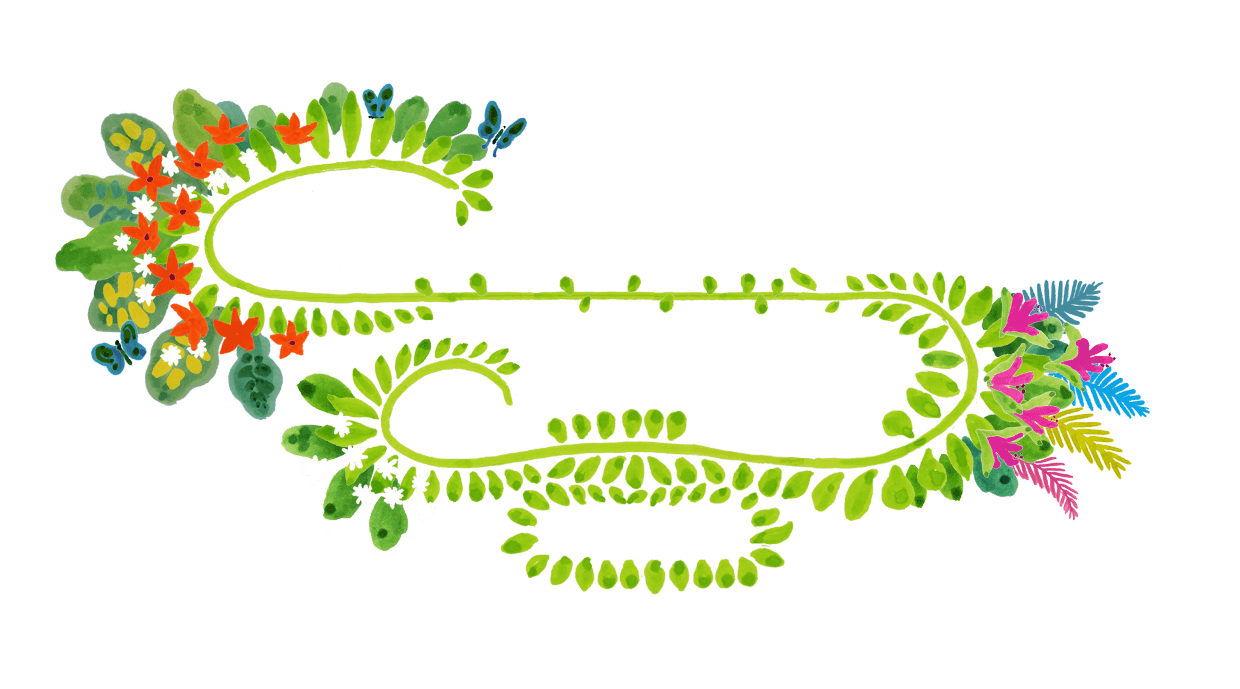
BARKING & DAGENHAM, LONDON, UK
Thames View Forest
A school forest to rewild industrialised east London
Located in a heavily polluted area of London, yet near to the historic river Thames, this school forest will provide access to nature for children who have little green space in their daily lives. The forest will support the science curriculum for these young students, give hands-on exposure to the importance of biodiversity and give them an active role in boosting the ecological richness of the area.
The forest will play a role in mitigating airborne pollution, allowing the children and the broader community to breathe cleaner air. The area will be a peaceful haven for insects and mammals to thrive amongst the urban sprawl, along with people. The trees selected for the project will be ones that have evolved to live and thrive in an urban environment.
This will be SUGi’s third project in the borough of Barking and Dagenham.
Forest Maker James Godfrey-Faussett

1,200
TREES
300
SQUARE METERS
24
NATIVE SPECIES
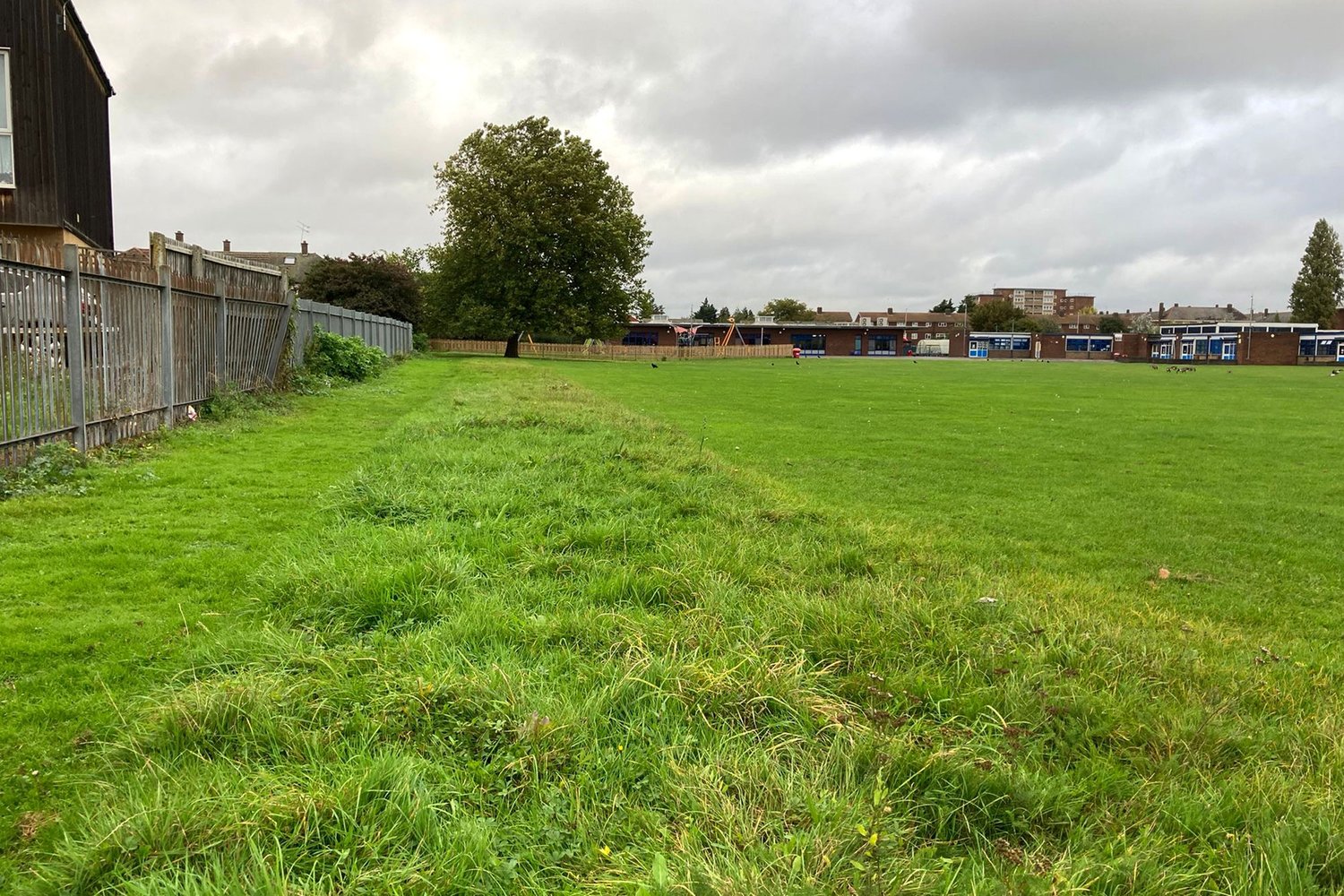

Forest Partner

Forest Report: 1 Year
DATE: 21.10.2022
Survival Rate: 80%
Average of Tallest 3 Trees: 140cm
The growth of this pocket forest is remarkable given that it has not been watered during its first year. It is truly testament to the resilience of the Miyawaki method, and is reassuring as we look to more challenging climatic conditions in the future.
Crack willow (Salix fragilis) is currently the tallest species, demonstrating that the species is able to grow well in drier conditions - the only willow that can. It has a prolific root system that goes down quickly and draws up moisture.
This has certainly been a testing first 12 months for the forest and the survival rate reflects this. The summer 2022 drought, plus the exposed windy site, has meant that growth is a little slow relative to our other projects. However, growth is still steady and this forest will do well in its second year.
The soil health is now starting to look good with plenty of dark carbon and visible diverse life.


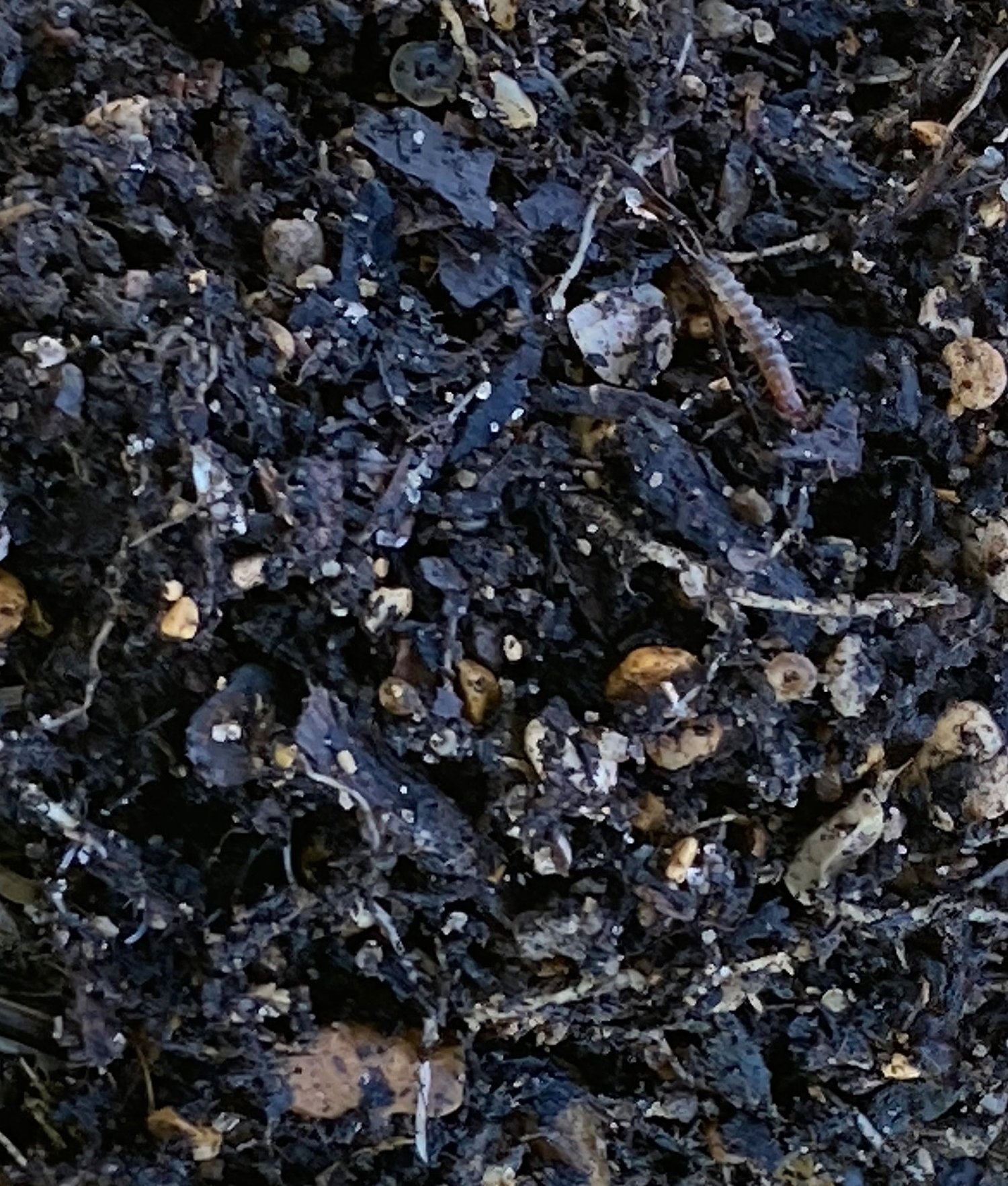
Biodiversity Notes:
The best species so far are the crack willow (Salix fragilis), elder (Sambucus nigra), bird cherry (Prunus padus) and dog rose (Rosa canina) - all more of the pioneering species that are able to establish during periods of climatic stress. The elder currently has the largest girth at 26mm.
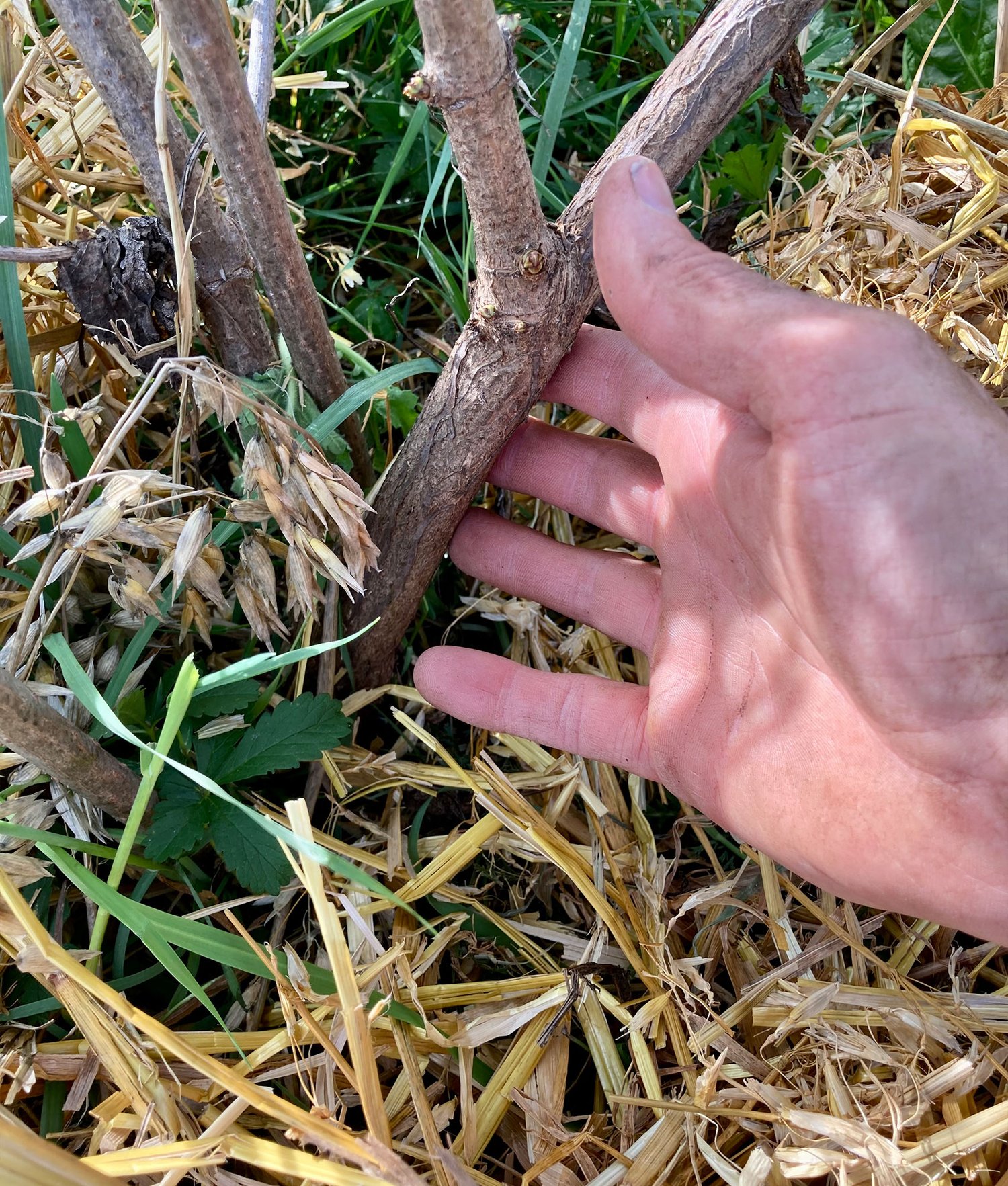
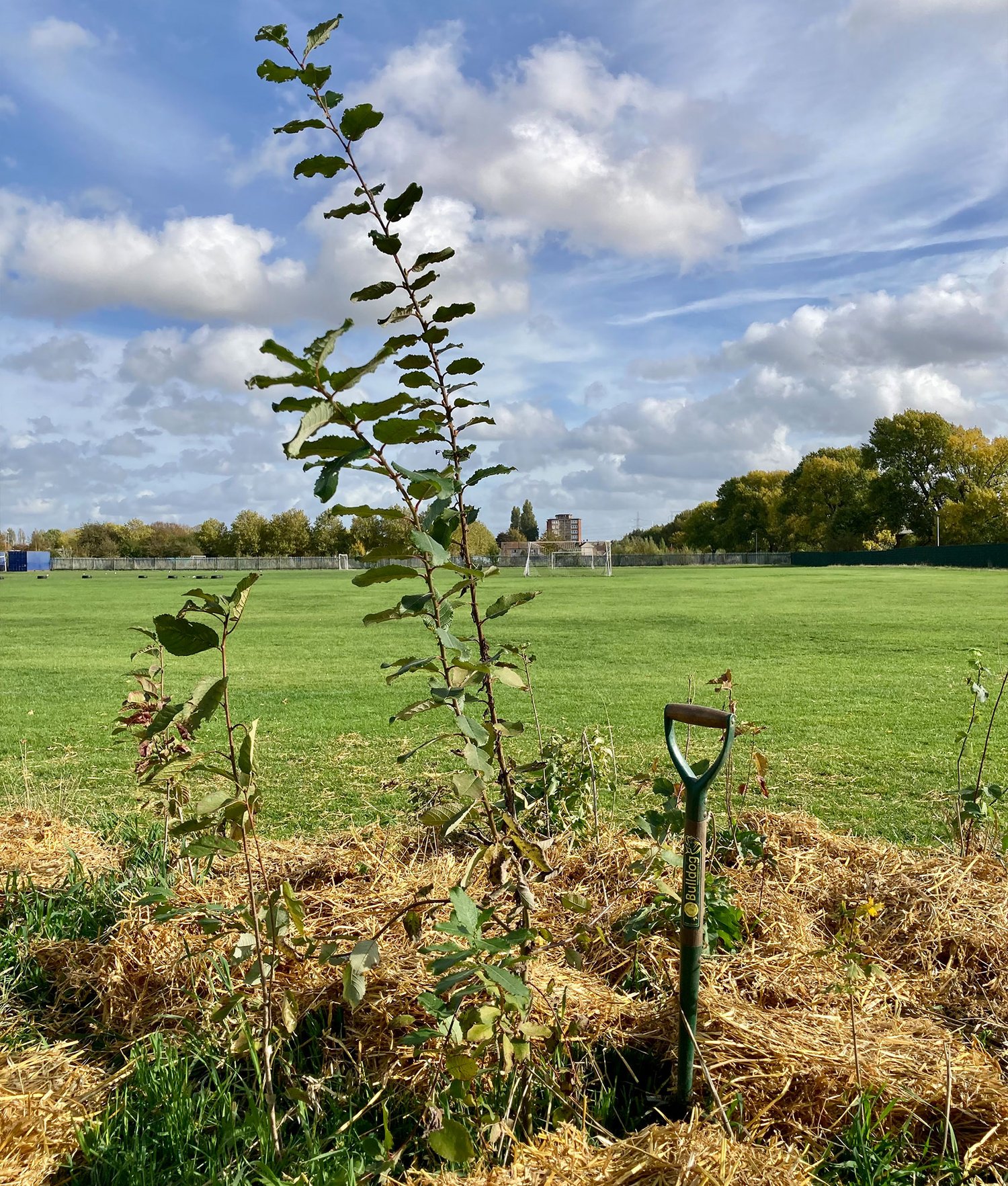
“By participating in this project with SUGi we are very proud to be giving our children a range of opportunities and experiences that will develop them as compassionate citizens of the future. By working with SUGi we are giving our children a real chance to make a real difference.“
— Sandy Sanghera, Deputy Headteacher, Thames View Junior School
Forest Report: Planting
DATE: 21.10.2021
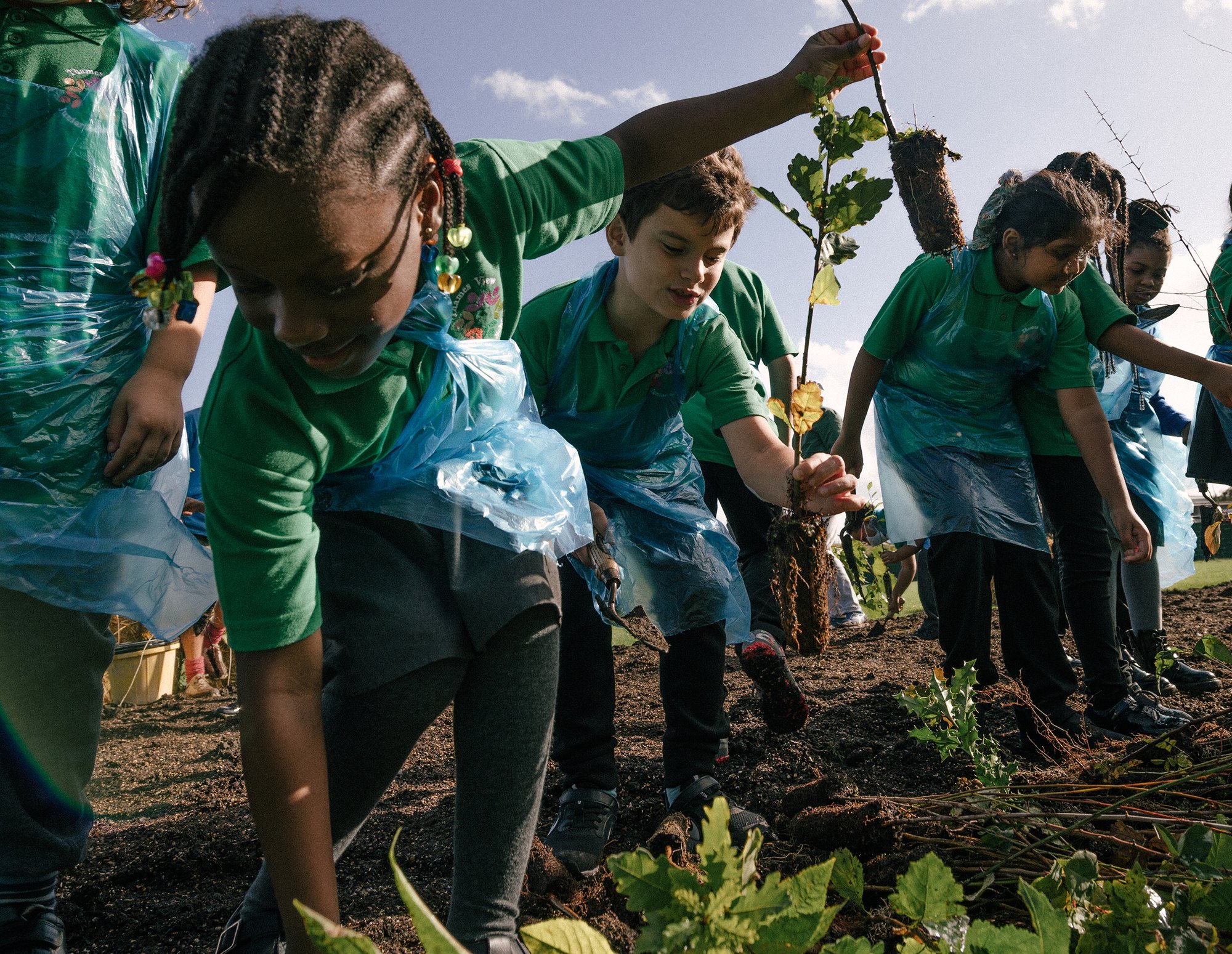
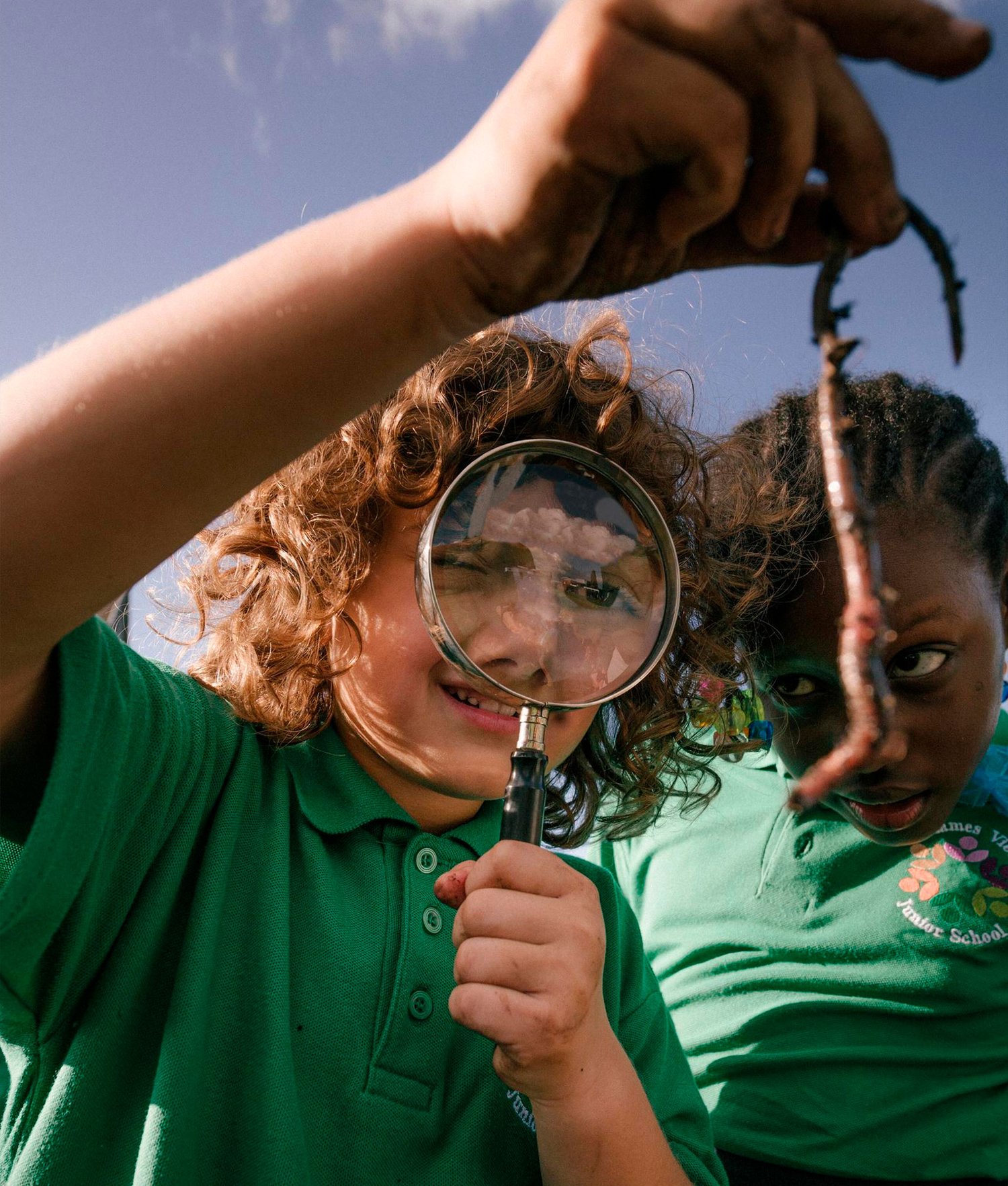

Discover more SUGi Projects

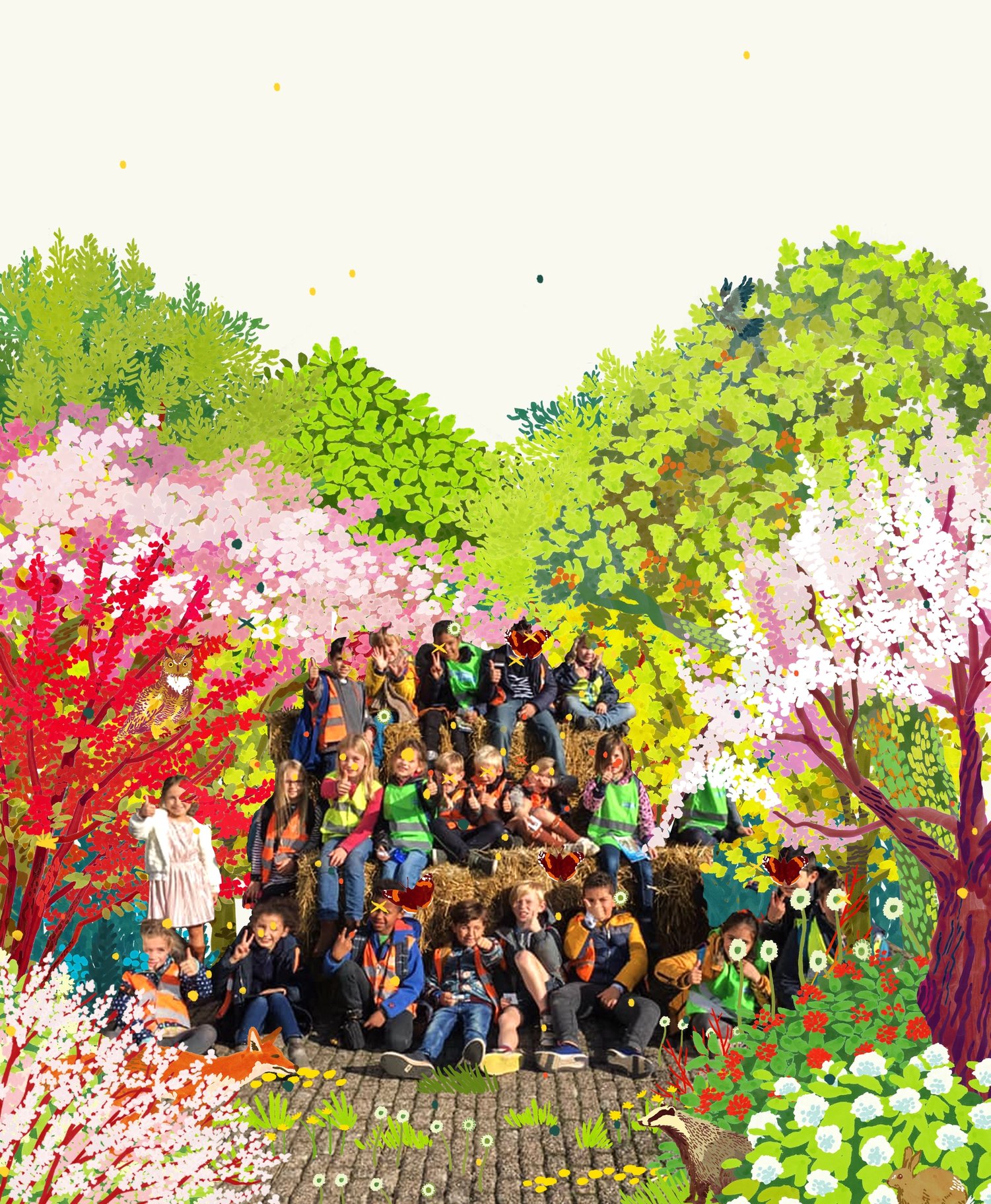
De Ark
A forest learning center in Sint-Niklaas


Langalibalele Forest
Cultivating a green oasis for community wellness and education.

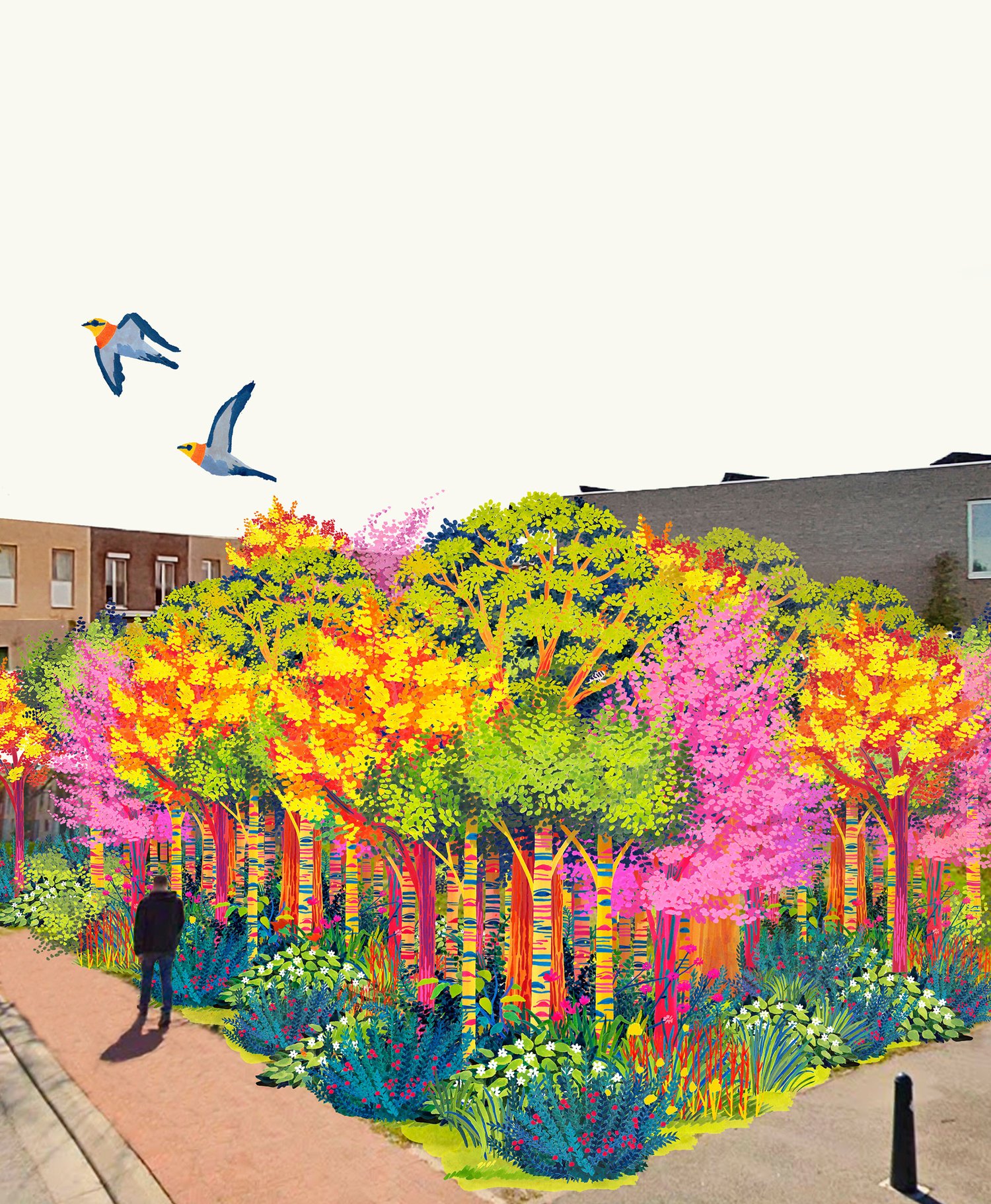
Papenhof Forest
Nature-based therapy at the heart of a city

